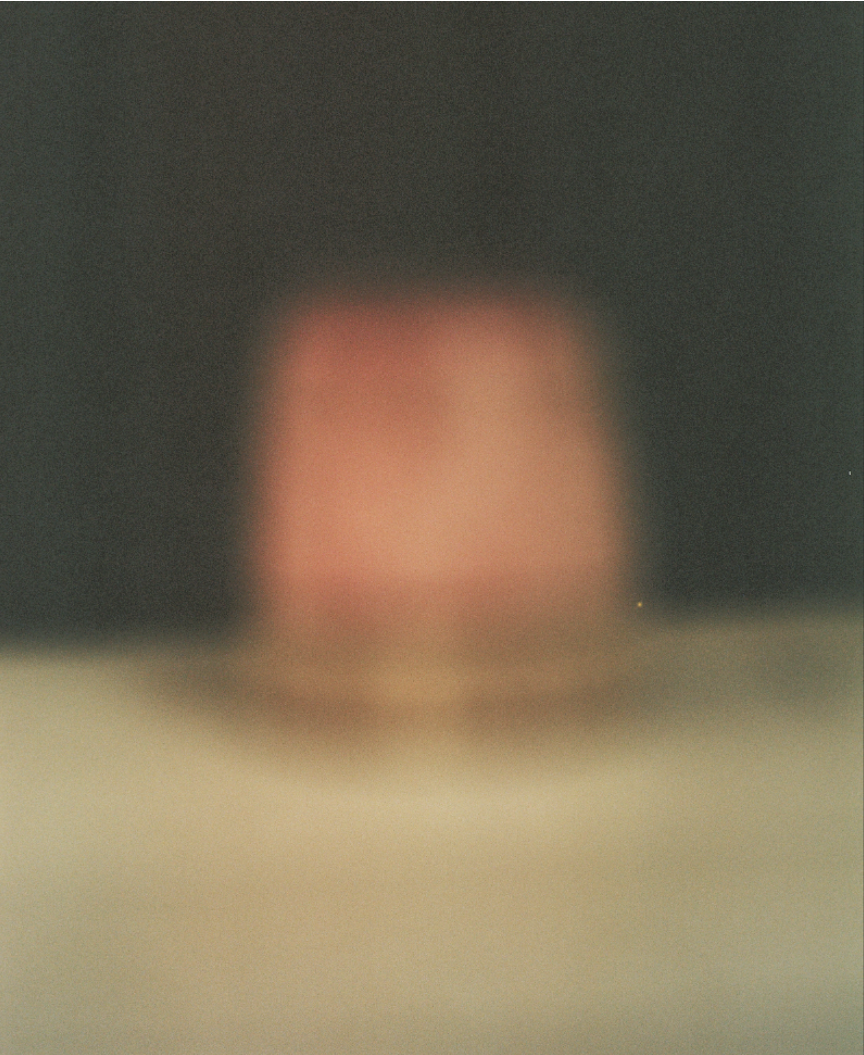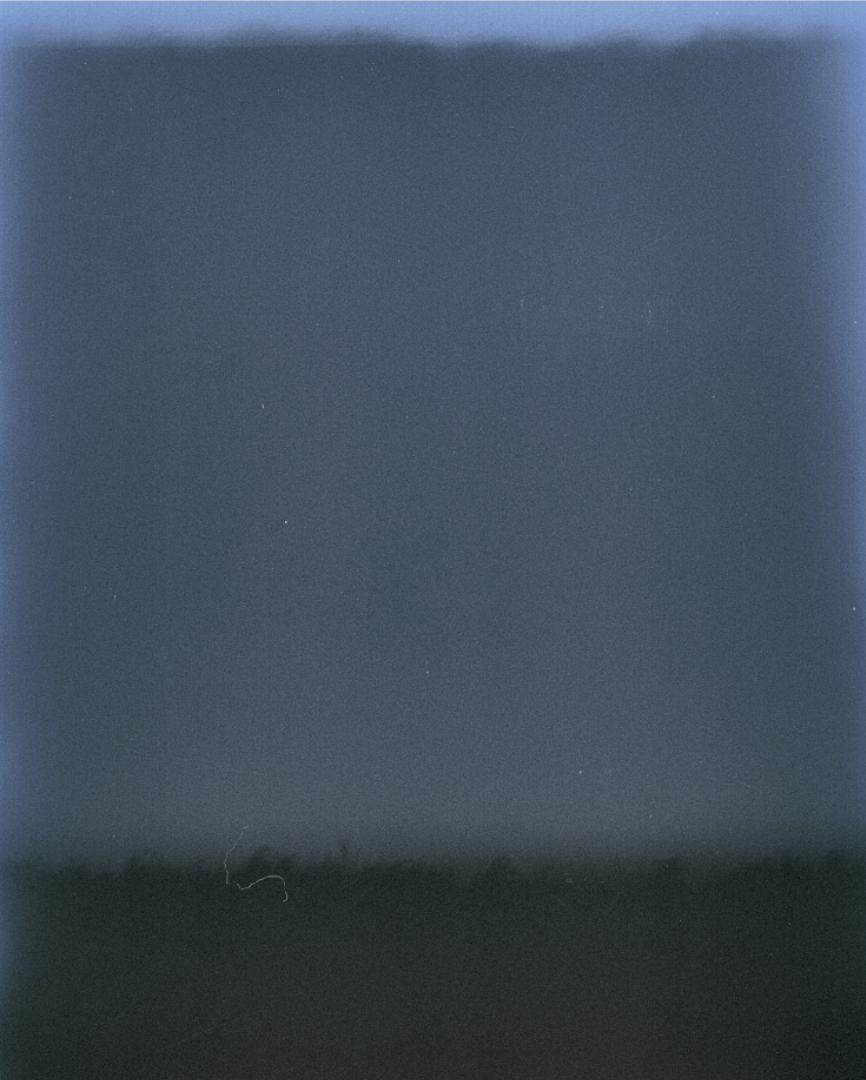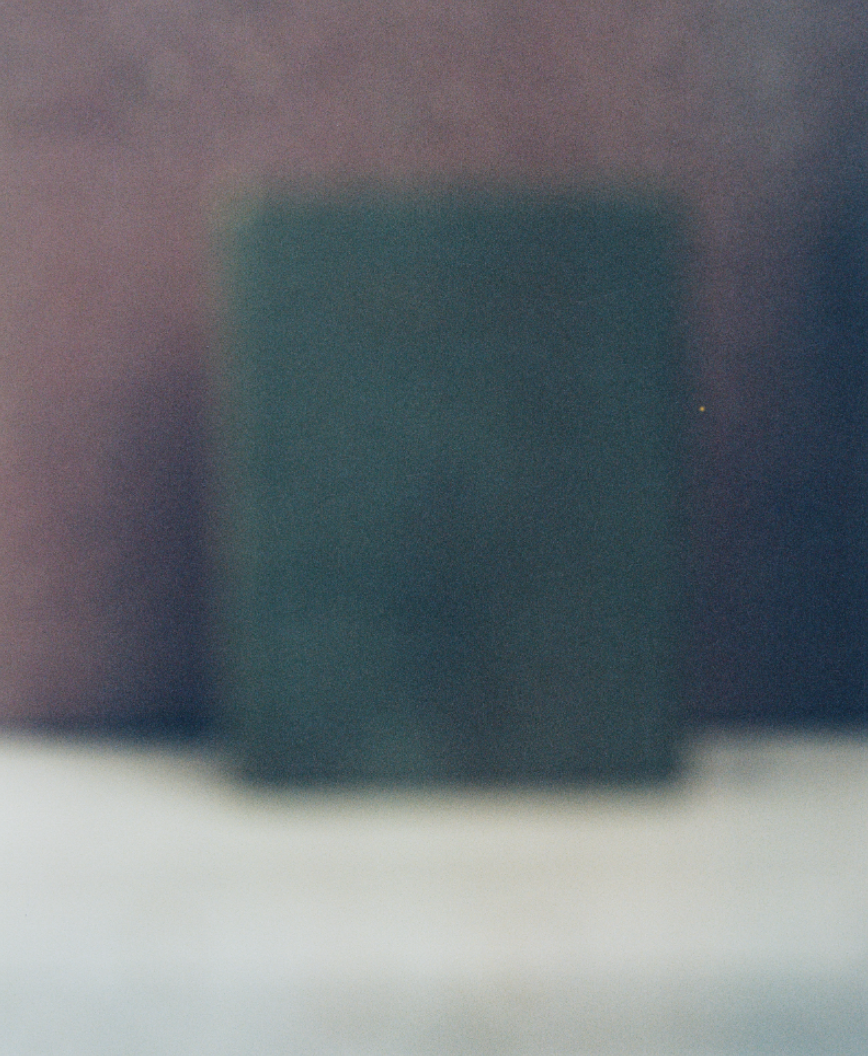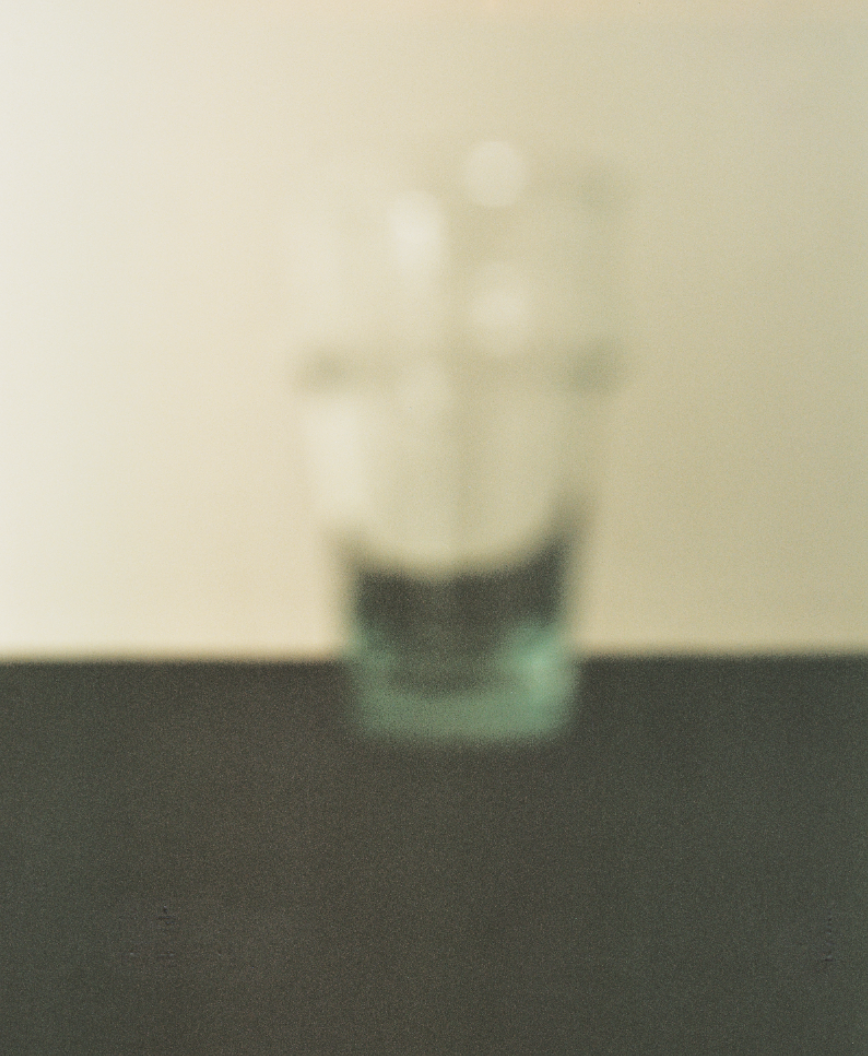And how do you decide when a project is finished?
You know, in the beginning, I wondered if I wanted to continue with “Bildnis”, but it evolved organically over time. In the early stages, the objects were more defined, but gradually they became more conceptual. The development of the project has been intuitive and in line with my changing perspective.
Sometimes there are unexpected insights that I incorporate into my work. For example, in a moment of melancholy and tears, I noticed how the world seemed blurred, and this actually inspired me to create more abstract pieces. I can see myself working on “Bildnis” for the rest of my life because it is constantly evolving and stimulating my curiosity. In 10 years I might look back and see it as a multi-part series, with different phases and chapters.
And can you tell us more about your latest project, “Fernweh”?
It actually came about during the making of “Bildnis” when I discovered a flaw in my film that led me to an interesting realisation. In today’s world, people can be incredibly harsh with each other, instantly branding someone as a bad person for a misstep. Instead of being so quick to judge, we should approach issues with a softer and more empathetic stance. We need to raise awareness while recognising that there is no failure, but a journey of learning and growth.
In German, “Fernweh” means homesickness for a place you’ve never been or a longing for a location that doesn’t exist. So in this project, I am exploring a concept similar to “Bildnis”, but without the presence of a central object that is typically positioned in the photograph.
The project also stems from the idea that not everything in life needs to be explained. I want viewers to come back to the essence of the work and interpret it in their own way. If someone gets angry or frustrated with the work, it might actually be an indication that it resonates with them on a deeper level. It becomes a trigger for introspection, prompting them to reflect on what it is that makes them have that emotional reaction
Your work is always presented without a frame or glass, is that right?
Yes, that’s intentional because I want to expose the emotion in my work. I don’t see myself as just a photographer; this is my medium for creating art. Interestingly, there are collectors who have been buying art for years, maybe decades, but have never bought a photograph. But when they come across my work, they’re often intrigued and ask, “Is it a painting?”
I find it amusing because there seems to be a perception that painting has a higher artistic value. But there is so much to explore in photography. It’s as if we’ve entered a phase where painting was once thought to be dead and artists had to reinvent the medium. Similarly, in today’s world, with the ability to capture countless images with smartphones, photography has become very accessible. But to elevate it to a certain level, we need to rediscover its potential amidst its overuse. It’s an exciting time for photographers to have the freedom to create the way we want.
As an artist, do you ever deliberately evoke certain emotions in yourself?
Honestly, I think the absence of emotion is one of the most powerful emotions. It is what connects us on a fundamental level. And I have learned to embrace it rather than fight it. This becomes a part of me and ultimately leads me to a sense of purpose or fulfillment. Running away from emptiness only brings it back with greater intensity. It’s like peeling away the layers of an onion, where each layer reveals another layer underneath – a never-ending cycle of learning, growth and trial and error that I find beautiful. As a melancholic person, I see emptiness as a form of self-healing, a way for me to navigate, make sense of life and create art.
txt & imgs Alex Blanco



